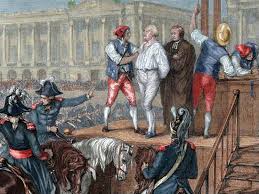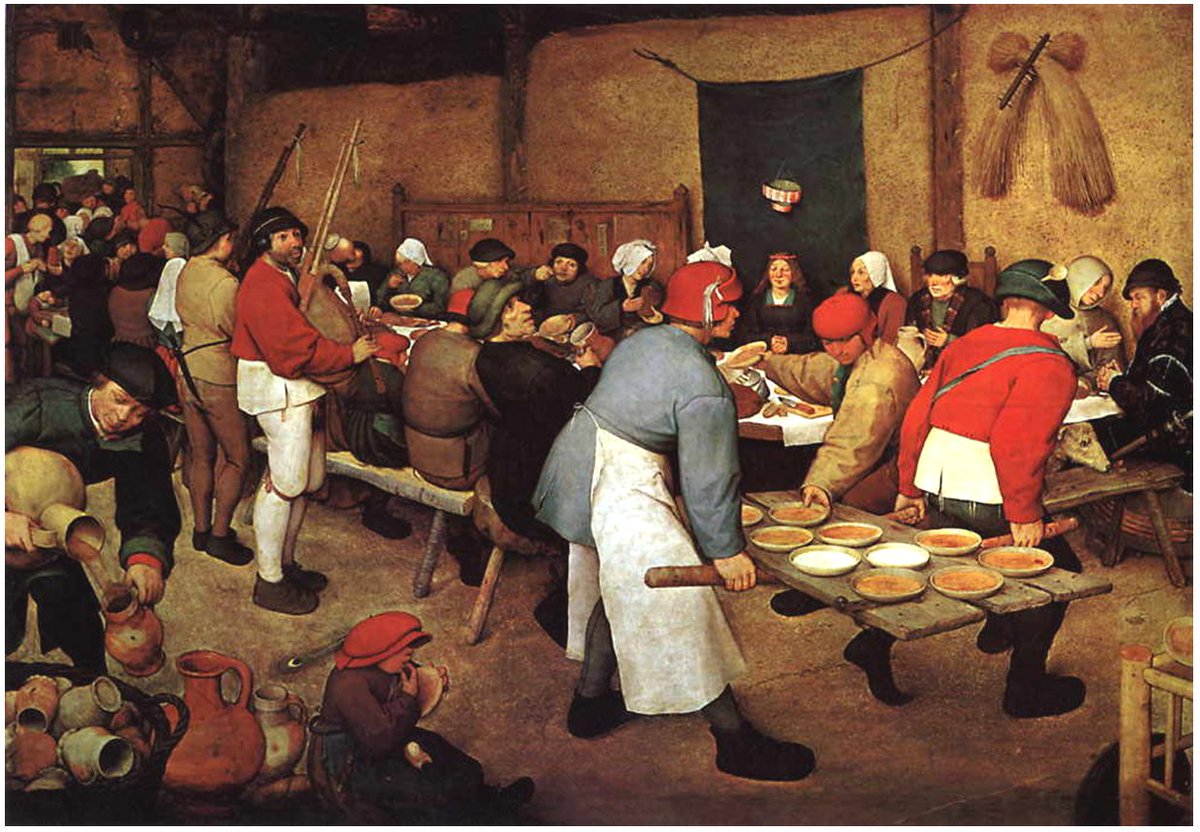THE TRUE ORIGIN OF RESTAURANTS
Thread
Centuries ago, like now, there were hostels, posadas or taverns where food was served in exchange for money, as in a thermopolium in Rome (snack-bar) where we, readers of @LRB @TwitterBooks @nytimes @NewYorker @washingtonpost, would often go
Thread
Centuries ago, like now, there were hostels, posadas or taverns where food was served in exchange for money, as in a thermopolium in Rome (snack-bar) where we, readers of @LRB @TwitterBooks @nytimes @NewYorker @washingtonpost, would often go
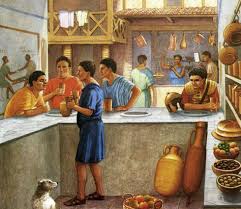
After the #fall of the #Roman #Empire in these businesses food was served in shared tables and consisted of a fixed menu, according to what was already prepared. Even the nobility, like celebrities today, would frequent when traveling. 

But, when did the concept and business of restaurants truly begin?
It began with Paracelsus (1493-1541), a brilliant Swiss physician who modernized medicine with rational clinical judgment and changed the way we eat in the #Western #world.
It began with Paracelsus (1493-1541), a brilliant Swiss physician who modernized medicine with rational clinical judgment and changed the way we eat in the #Western #world.

During #medieval times, #science, #culture and #food were based on the four cardinal points, as the four #Hippocrates or #Galen #humors of #medicine: blood, yellow bile, black bile, and phlegm. 

These elements were derived from the four #Aristotle elements: earth, water, air, and fire; or as the four qualities: #cold, #hot, #moist, and #dry.
During the #middle #ages, #food among privileged classes was cooked not based on #nutrients.
During the #middle #ages, #food among privileged classes was cooked not based on #nutrients.
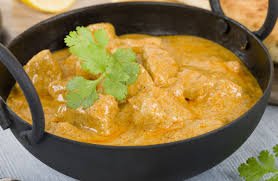
They were based on the balance of the four elements: cold, hot, moist, and dry. Many dishes were prepared combining foods that were perceived to be cold, hot, moist, or dry. They were spiced with salt, sugar, other spices & dry fruits and were usually cooked for an extended time. 

These meals were basically stews similar to the moles of Mexico, the curries of India, or the tajins from Morocco. 

Paracelsus inferred the negative effects of these diets had on health. He correlated these “medieval stews” with several diseases and conditions including dental cavities, diabetes, and gout. Then Doctor Paracelsus proposed diets to prevent disease and restore health. 

It was a culinary revolution among nobles and wealthy people. The restorative diets included broths, salads prepared with fresh vegetables, & a main dish of meat or fish, all of them sugarless. At the end the meal, a small dessert was optional to satisfy those with a sweet tooth. 

Two centuries passed. Around 1750 a Frenchman named Mathurin Roze de Chantoiseau, emphasizing hygiene and health, revived the Paracelsus’ restorative diet and began a business. A few years, later the baker and tavern owner Boulanger, sold broths in Paris popularizing the concept. 

“Come to me, all of you whose stomachs are in distress, and I will restore you”. This was the slogan hung at the entrances of Boulanger’s business. The name “boulangerie” “comes from him. 

In 1766 Roze de Chantoiseau further improved the restorative diet as a business. The whole ambiance was “restorative,” focusing special attention to details: decoration, comfortable seating in individual tables!, and personal attention by formally dressed personnel. 

A new level of dinning restorative food was born. But it was not until the 1769 Almanach listed the particulars of all the “most famous and important” Parisian trades and businesses that the French people learned that a certain “M. Roze” was the city’s “first restaurateur.” 

In 1782, Antoine Beauvillier introduced a new concept. He provided the clients with a repertoire of available dishes. The customers read from these “menu de repas,” or “list of what is served at a meal” a description of the different dishes they could choose. The menu. 

The customers were seated in individual tables! In short, the atmosphere was elegant, with amiable service, superb cuisine, and prime wine selection. It was a business that only rich merchants, nobles, favorites of the court, etc. could afford. 

The proclamation of the Republic ended the employment of chefs working for the nobility. To continue practicing their trade many chefs moved on to work for the new “restaurants.” Others opened their own businesses offering restorative, nouvelle cuisine. 

The restorative diet served in establishments “with ambiance” increased in number and became more popular. Well to do customers enjoyed the new cuisine that years before was available only in mansions and castles. 

Toward the end of the 18th and during the 19th centuries there was an expansion of restaurants throughout Europe and the world. With increased competition, prices became more affordable. 

The middle classes could finally have access to the new culinary innovations, the Paracelsian restorative diet in environments previously reserved to the wealthy. 

Curiously, the word #restaurant is not defined in the 1759 Samuel Johnson’s “Dictionary of the English Language,” nor was it defined in the 1828 Webster’s “An American Dictionary of the English Language.” 

Restaurant was defined in the 1847 Merriam Webster Dictionary as “An eating house.” Now the Merriam Webster Dictionary defines it as “a business establishment where meals or refreshments may be purchased.” 

The Oxford English Dictionary defines it as “A place where people pay to sit and eat meals that are cooked and served on the premises” and describes its origin: “Early 19th century: from French, from restaurer ‘provide food for’ (literally ‘restore to a former state’).” 

In Spanish, the term #restaurant was defined for the first time in the diccionary of the Spanish Royal Academy (DRAE) in 1803 as “a person who restores something” and remained so until 1914. 
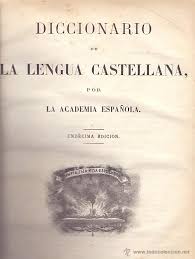
In 1925 el #DRAE redefined #restaurant as “establishment where food is served.” Now it is defined as
“public establishment where food and beverages are served, for a price, to be consumed in said establishment.”
“public establishment where food and beverages are served, for a price, to be consumed in said establishment.”
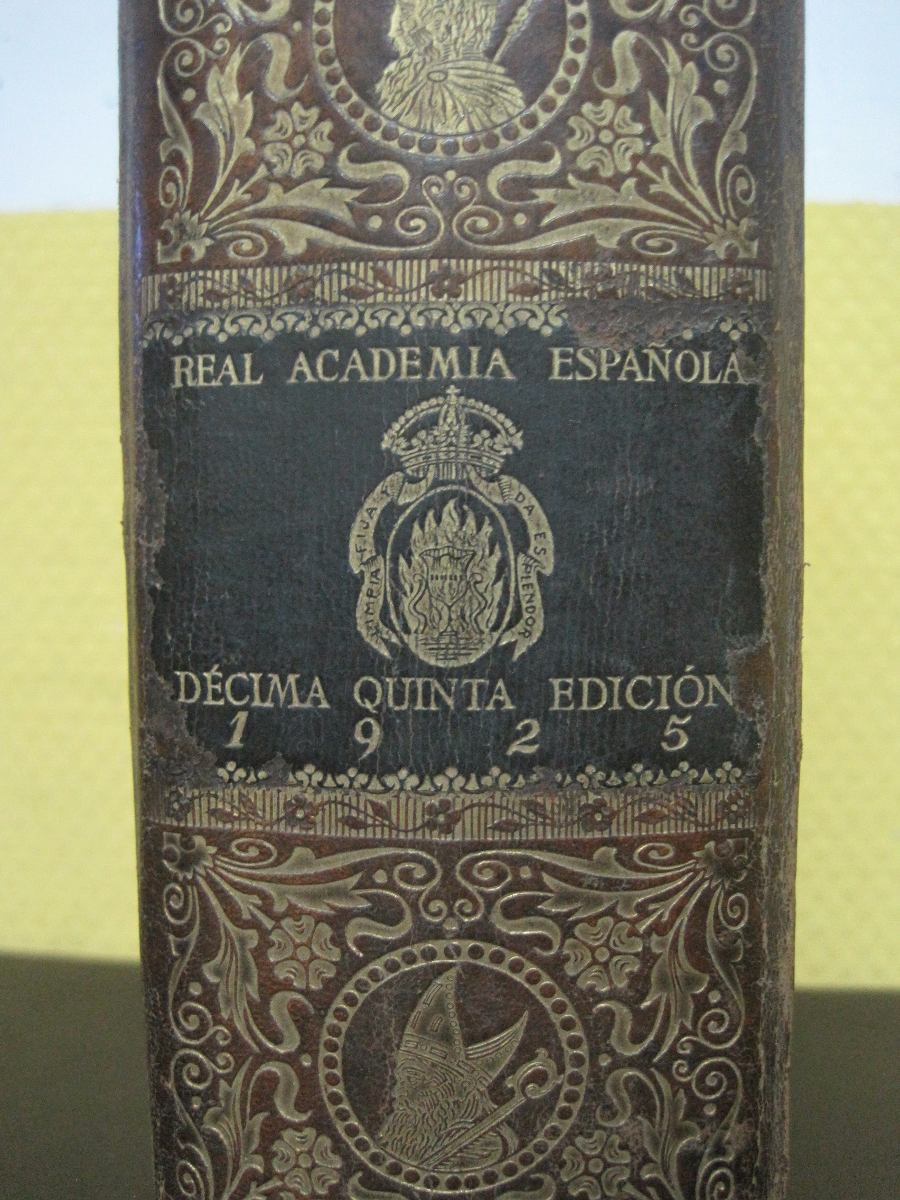
Thus, nondomestic eateries existed prior to Chantoiseau’s day, but dining out consisted mainly of attending a table d’hôte, a large public table where one took what was offered—usually at an appointed hour. 

All of us, including celebrities such as @Oprah @PaulMcCartney @jtimberlake @iamjohnoliver @ConanOBrien @jimmyfallon @TheEllenShow), enjoy our favorite restaurants, perhaps unaware of their true origins.
The True Origin of Restaurants
The True Origin of Restaurants
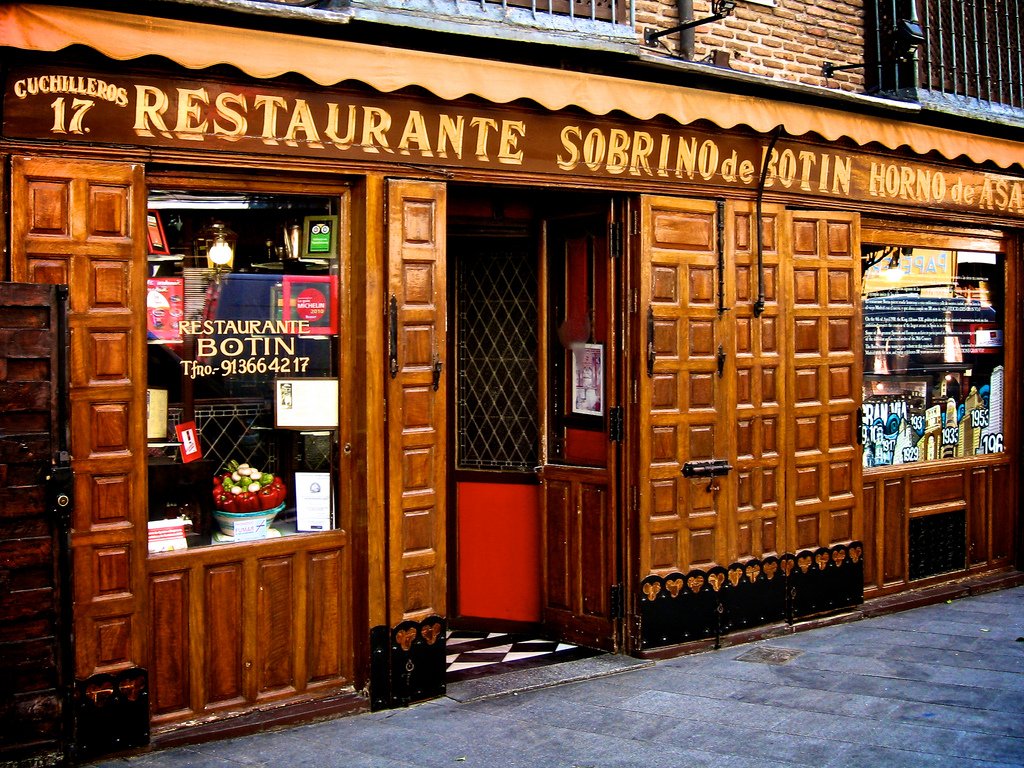
Source: non fictional portion of the novel “Las Trinas Cuadras,” The Invention of Restaurants, Rebecca Spang, The Oxford Companion to Foods.
With apologies to @CasaBotin in Madrid cited in @GWR as the oldest restaurant in the world (1725).
With apologies to @CasaBotin in Madrid cited in @GWR as the oldest restaurant in the world (1725).

• • •
Missing some Tweet in this thread? You can try to
force a refresh

